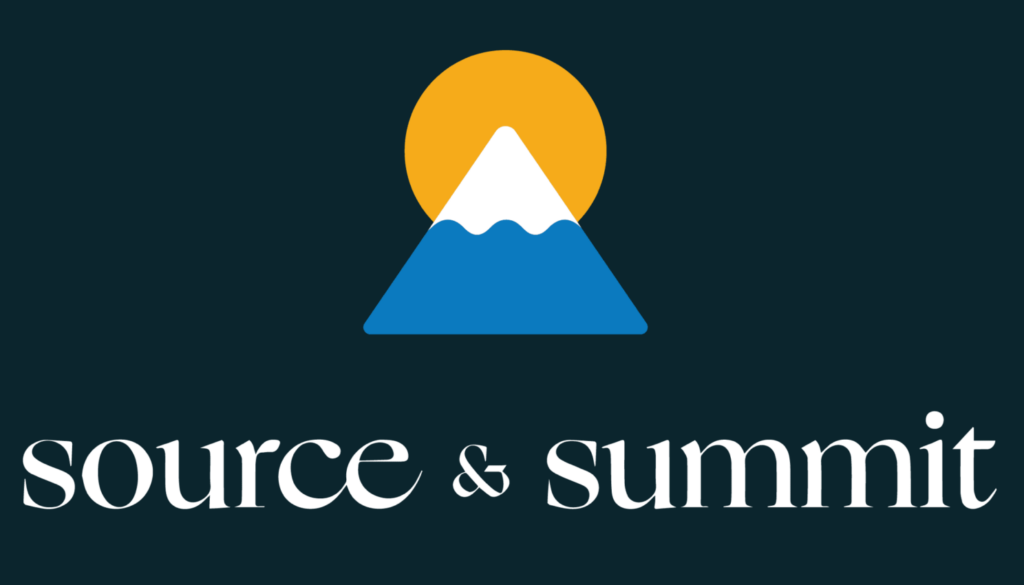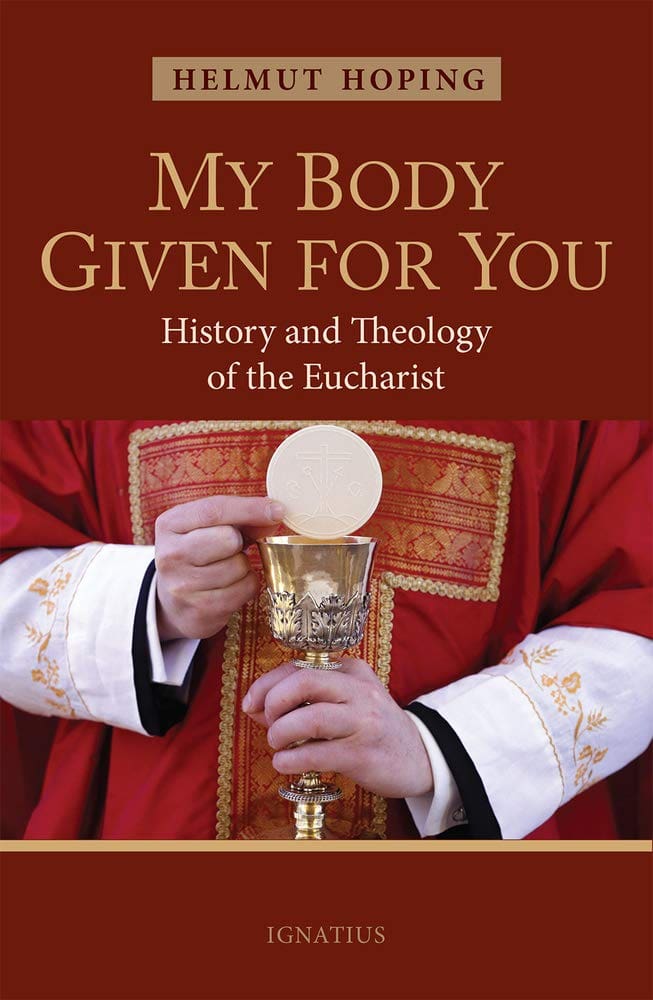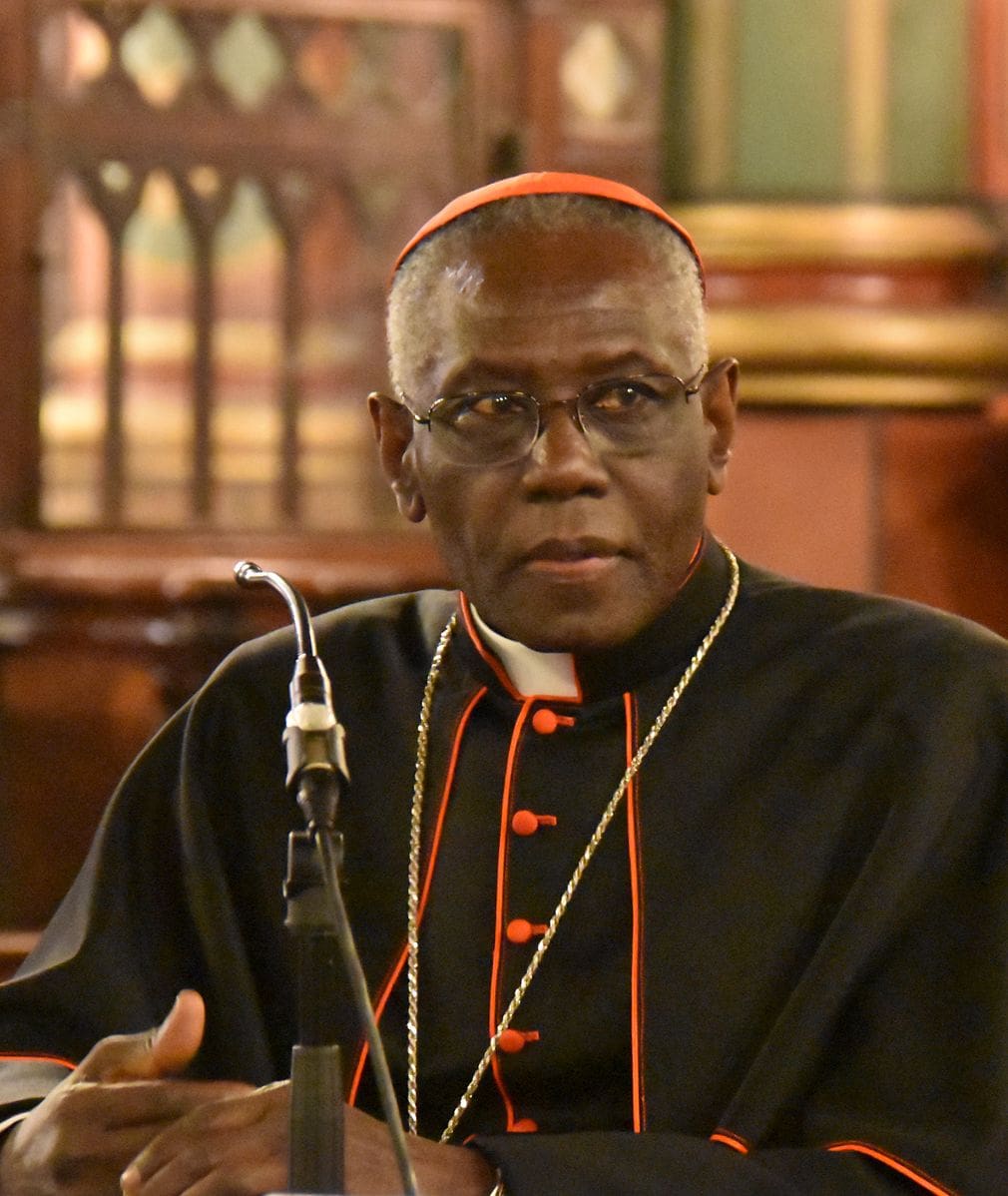Interdisciplinary work is hard…. The very project of a Catholic scholar is not something that the structure of a university, as presently constituted, would nourish because the university today rarely advances projects of intellectual synthesis.
–Francis Cardinal George, OMI
A Godly Humanism
I read these words one year after moving my family from Phoenix to Mundelein, IL, where I took up a post as the assistant director of a liturgical institute founded by the Cardinal Archbishop who wrote them, and to serve as an instructor in liturgical chant in his seminary. Although I had always admired him, I had only met Cardinal George personally a few times. He retired within months of my entrée into professional academia, where I was certain I would happily spend the next decades of my life—and, sadly, he passed away shortly after. But his book A Godly Humanism, which was published posthumously and which Cardinal George edited meticulously in the final weeks of his earthly life, became something of a signpost for me on my journey.

His own introduction to the book describes this collection of essays as an “exercise in integration” and he proceeds to use the word “integration” no fewer than seven times in just a few pages. Cardinal George helped me discover that the authentic liturgical renewal movement similarly was in need of a deeper integration with other disciplines and presently disparate parts of the Church’s life; he also showed me that this liturgical movement needed new methods, ardor, and expression in order to make the kind of impact that we desire and so often discuss.
Cardinal George’s book inspired me to undertake a project of integration that academia, despite its many merits, would never support or value: to found a liturgy and sacred music tech company that is able to put the riches of the sacred liturgy at the fingertips of our parishes, pastors, and parish musicians through innovative tools and with a vision for liturgical renewal that is inseparable from the Church’s mission to evangelize. The result is Source & Summit—a newly established effort in the liturgical apostolate that is launching an all-new liturgy and sacred music platform for parishes this summer. (You can learn more at www.sourceandsummit.com.)
Source & Summit is a rebrand and expansion of Illuminare Publications, which I founded in 2011. While we will continue to publish the Lumen Christi Missal and Hymnal, and other new print liturgical and musical resources, our digital platform is expanding into the areas of liturgy and music preparation, training and formation, and guided implementation.
The platform itself, at its core, is built on a database that has effectively encoded the liturgical books. In its initial release, Source & Summit will contain the U.S. Lectionary for Sundays and Weekdays, and significant portions of both the Roman Missal and the Graduale Romanum (Ordo Cantus Missae), all harmonized and interwoven in a single interface for parish liturgy preparation. It also is among the first liturgical resources, print or digital, to employ the newly promulgated Abbey Psalms and Canticles (which will also be used in the next version of the Liturgy of the Hours). This new edition of the Church’s sacred poems is paired with the Entrance, Offertory, and Communion Antiphons of the Missal and Gradual on the platform.
Within the Source & Summit application, musical settings of varying degrees of difficulty can be applied to virtually any liturgical text. The liturgy, after all, is meant to be sung. The liturgical books provide melodies and models that in principle allow for it to be sung in any parish, despite its abilities and resources. And yet, the task of preparing a simple, fully sung liturgy on the parish level is a tremendously difficult task. The Source & Summit liturgy prep tool makes this process easy. Every musical setting is encoded and therefore can be paired with any compatible text. Antiphons can be automatically set to Psalm tones or through-composed melodies, readings and orations can be pointed or notated to their respective tones with a single click, simple and solemn tones can be selected and applied at will, and so on.
And not only this, the user can switch instantly between square note and modern notation, change keys, add or remove verses, change languages, add or remove accompaniments, point or notate Psalm verses, and listen to audio playback. All of this dynamic rendering happens instantly and on the fly, and the arrangement that is assembled for a particular liturgical celebration can be shared as a digital Ordo document with parish liturgy personnel, printed and distributed to liturgical musicians, or even laid out in a custom booklet that can be printed on demand.
The application also contains an ever-growing library of hymns that are suitable for liturgical use and that can be placed within Ordos, printed, and shared digitally. Since the text and music are encoded, keys can be changed, chant hymns in square-note notation can be automatically rendered in modern notation, verses can be added or removed, and even texts and tunes that share the same meter can be interchanged at will by the user. If a hymn or musical piece is not available on the platform, users can upload their own.
This dynamic liturgy and music library is not meant to replace print resources entirely—far from it. Instead, it is designed to integrate seamlessly with them—with the ritual books used in the sanctuary, and with hymnals and missals that may be used in the pews. While the application can be employed in a purely digital way (i.e., on desktop, tablet, and mobile devices), the importance and primacy of the printed word in the celebration of the liturgy is valued and upheld, and supported and complemented by the digital platform.
Beyond the realm of liturgy preparation and resourcing, Source & Summit also plans to provide formation and training resources to parish liturgy staff and volunteers in order to aid the implementation of parish liturgical and musical renewal. These resources will take the form of articles and short video courses that both instruct on the development of practical skills as well as on the meaning of the liturgy and its ritual elements.
At the time of this writing, the Source & Summit platform has been released for Alpha testing, and we anticipate a late summer stable release to parishes. Many of the features described above will be rolling out gradually in the coming months and beyond. We also are keenly aware of the challenges parishes are facing in light of COVID-19 restrictions, and intend to assist in any way that we can.
Source & Summit is an ambitious project of integration—as Cardinal George desired—in the liturgical apostolate. And while we are working principally to integrate the authentic liturgical renewal movement with the Church’s efforts in the new evangelization, as well as the ancient and timeless content of the liturgy with the best of innovative technologies, the ultimate integration that we hope to see in our times is the integration of humanity with the Divine Life of Jesus Christ who alone renews, reintegrates, and restores all things to the Father. Our troubled and fragmented times are crying out for this restoration and reintegration in Christ—and it all begins with the liturgy. I hope that Source & Summit might be a help to you and your parishes in your efforts to renew, restore, and elevate the liturgy to its proper place as the font from which all things flow and the goal toward which all things are directed.



